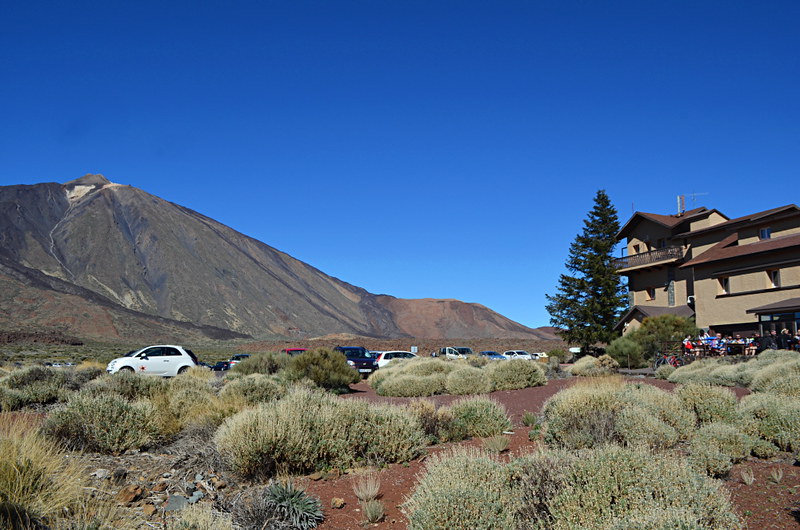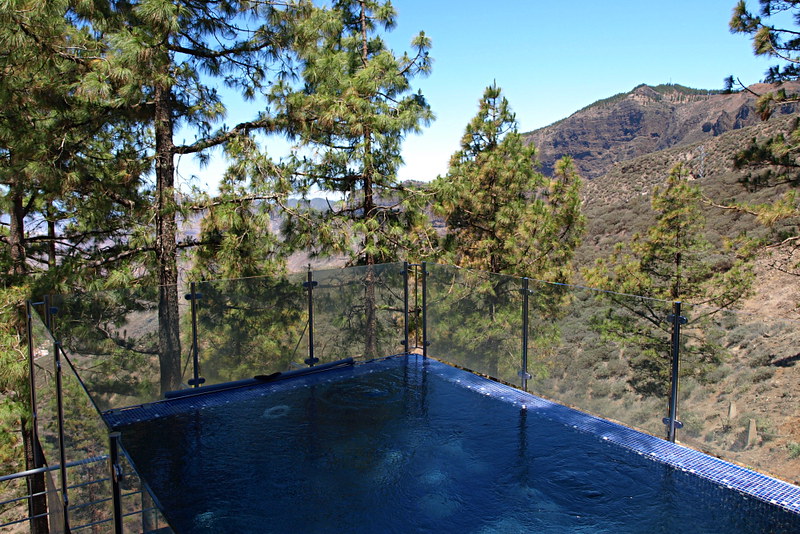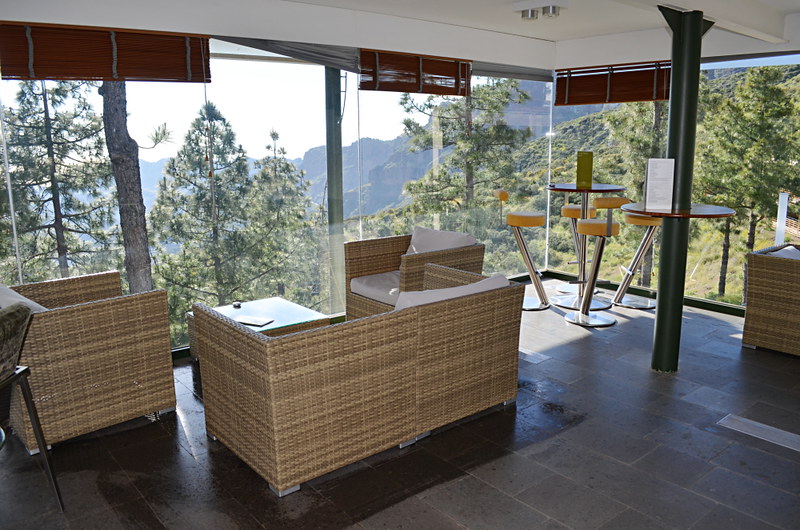The Canary Islands do quite well when it comes to having Paradors. Out of seven main islands, five boast a Parador.
Tenerife, Gran Canaria, La Palma, La Gomera and El Hierro all have a Parador. Fuerteventura used to have one but it now lies abandoned. Lanzarote is the only Canary Island where there hasn’t been a Parador.
Paradors (Paradores in Spanish) are state run hotels which usually fall into the luxury end of the accommodation market. They’re often in historic buildings, but even when not they tend to be in quite unique buildings in stunning locations.

Although all state owned, there can be quite a variation in service, quality of food and facilities when it comes to different Paradors. We’ve stayed in all of the Canary Island Paradors and each has thrown up a variety of experiences that weren’t always consistent with the others.
I’ve broken aspects of a stay in each into various components to act as a brief guide to the best and worst of the Canary Islands’ Paradors.
Nicest looking Parador in the Canary Islands

They’re all attractive and have been designed to compliment their surroundings. Only La Gomera’s Parador looks historic. It isn’t, but it has been constructed in the colonial style common of traditional buildings on the islands. It looks as though it has been perched on the cliffs above San Sebastián for centuries. For that reason it’s the most attractive looking of the Paradors on the islands.
Most outstanding location

All Canary Islands Paradors are in scenic locations with hypnotic views. La Palma, La Gomera and El Hierro Paradors all boast commanding coastal vistas whereas those on Gran Canaria and Tenerife are located inland, the scenery no less magical for that. Quite the opposite in fact. Tenerife’s, Las Cañadas del Teide Parador, sits in the centre of Teide National Park at the foot of Mount Teide. Difficult to compete with a punch-in-the-guts setting such as a volcanic landscape beneath the third largest volcano on Earth.
Get away from it all setting

Again, they are all in tranquil locations but La Gomera’s is in a town; Tenerife’s is in probably the most popular spot for day-trippers in all of the Canary Islands and Gran Canarias’ lies at a relatively bustling crossroads which is popular with walkers. La Palma’s is quite near to a couple of towns but doesn’t really feel like it is. El Hierro’s, however, sits on the coast on its own in an empty valley, accessed by a single road through a tunnel in the cliffs – fittingly remote for an island at the end of the World.
Best rooms

Generally Parador rooms are quietly tasteful without any wow factor (views aside). Décor is safely inoffensive across the five. Tenerife’s is weakest and ‘could do better’ when it comes to furnishings whilst El Hierro’s has a bit more personality than the others. They all have exceptional balconies, which is where we tend to spend part of the evening, usually with a bottle of wine. Some rooms at Las Cañadas del Teide don’t have a balcony which loses it brownie points.
Tastiest food

It’s easier to say where we had our worst dining experience first. Dinner at the Parador on La Gomera was as poor a meal as I’d had in a long time in the Canary Islands, and it was expensive. We complained at the time and again afterwards and never received a reply, so not at all impressed by their attitude. Meals at all the rest have been enjoyable with an interesting range of dishes – La Palma being quite traditional, El Hierro also being traditional but with some creative flair and both Tenerife and Gran Canaria serving a mix of quite creative local and international dishes. It’s a tie between Tenerife, Gran Canaria and El Hierro. Breakfast in all the Paradors is good with an interesting and diverse choice of hot and cold dishes; although there can be a tendency for the ‘hot’ dishes to be more ‘tepid’, especially on La Gomera. Gran Canaria wins for the views which accompany meals as you get Mount Teide on Tenerife framed in floor to ceiling windows.
Most interesting facilities

All have swimming pools, Tenerife’s being small and enclosed; essential given the Parador is around 2000m above sea level. Stand out pool is Gran Canaria’s, a glass affair which extends into the forest. The spa facilities are also very good. Tenerife’s ace card is stargazing from the car park, something which will last in the memory a lot longer than a refreshing swim.
Best bar

Tenerife has a cosy lodge-like bar, complete with roaring fire during the cooler months. Apart from that, bars tend to be standard hotel type lounges except for Gran Canaria which has a stylishly modern bar with floor to ceiling glass panels; a super spot for tapas and drinks. La Gomera’s Parador does have an attractive little bar, but it’s almost impossible to get served in it, so it’s irritating and pointless.
Nicest gardens

As Tenerife, Gran Canaria and El Hierro don’t have gardens attached to their Paradors, there are only two in the running here, La Gomera and La Palma. La Gomera’s exotic grounds are full of interesting nooks and crannies; with loads of perfect spots for getting lost in a book in a subtropical setting. La Palma’s gardens are more extensive and, as you’d expect from the verdant la Isla Bonita, more lush.
Ideal for walking from the door

There are walking routes from all Canary Islands Paradors but two stand out – Tenerife and Gran Canaria. There are a number of routes through the volcanic Teide National Park which can be accessed directly from the Parador. The Parador de Cruz de Tejeda on Gran Canaria lies at the heart of the island and there is a network of paths in multiple directions, some leading to routes which are amongst our favourites in the Canary Islands. Because of the sheer diversity of paths which can be accessed from Cruz de Tejeda, Gran Canaria’s shades it.
Ultimately we like different Canary Islands Paradors for various reasons, so our favourite can change depending on what type of experience we seek.
What you get if you stay at any of the archipelago’s Paradors is a flavour of the Canary Islands which is aeons away from the holiday experiences of visitors staying in resort hotels.
Jack is co-editor, writer and photographer for BuzzTrips and the Real Tenerife series of travel websites as well as a contributor to online travel sites and travel magazines. Follow Jack on Google+




Be the first to comment